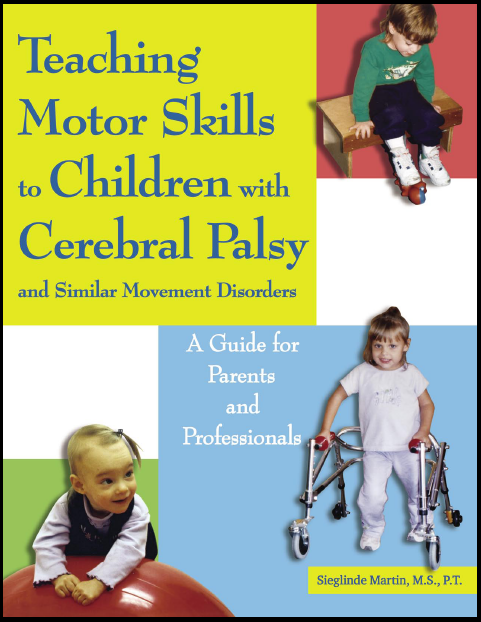Development of Hand Use in Unilateral Cerebral Palsy

Oftentimes, parents will ask how quickly will their child progress. Or wonder will they continue to make progress? Each and every child with cerebral palsy is unique so this is a very difficult question to answer. Research can help tackle the issue of the development of hand use in unilateral cerebral palsy.
WHAT DOES THE RESEARCH SAY ABOUT THE DEVELOPMENT OF HAND USE OVER TIME IN UNILATERAL CEREBRAL PALSY?
One research study explored the development of hand use during bimanual activities among children with unilateral cerebral palsy. The study included 166 children from 18 months of age to 13 years of age. Each participant was evaluated on average starting at 37 months of age with two or more Assisting Hand Assessments. Development was determined using the Manual Ability Classification System (MACS) levels and Assisting Hand Assessments performance at 18 months of age.
Data analysis revealed the following:
- for the children with unilateral cerebral palsy in MACS Level I, or in the high Assisting Hand Assessments group, reached the highest limits and had the most rapid development.
- the developmental trajectories were different between all groups of MACS levels and Assisting Hand Assessment groups.
- 75% of the children reached 90% of their estimated limit at 5 years 10 months of age or earlier.

Therapeutic Play Activities for Children
WHAT DOES THIS ALL MEAN?
Every child is still unique and will make progress along their own trajectory. When we look at groups of children, it can help with clinical decision-making and recommendations. This study tells us the following:
- In general, most children reached a performance limit before 6 years of age.
- More specifically, children in MACS Levels I reached 90% of the expected limit at 3 years of age.
- Children in MACS level II reached 90% of the limit at 4 years of age.
- Children in MACS Level III reached 90% of the limit at 8 years of age.
- Children with unilateral cerebral palsy maintain their attained limit of hand until at least the age of 13 years old.
Overall, early hand use is an important indicator of future hand development.
REFERENCE
Klevberg GL, Jahnsen R, Elkjaer S, Zucknick M. Hand use development in children with unilateral cerebral palsy. Dev Med Child Neurol. 2021 Dec;63(12):1462-1468. doi: 10.1111/dmcn.14957. Epub 2021 Jun 21. PMID: 34152004.

Teaching Motor Skills to Children with Cerebral Palsy and Similar Movement Disorders – A Guide for Parents and Professionals
MORE RESEARCH ON CEREBRAL PALSY
Hand Motor Function and the Benefits of Peer Interaction
BENEFITS OF STRUCTURED BIMANUAL SKILL PRACTICE
BIMANUAL DAILY ACTIVITIES – INTERESTS INFLUENCE OUTCOME IN CHILDREN


